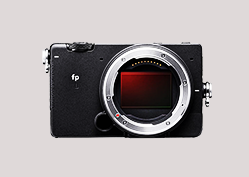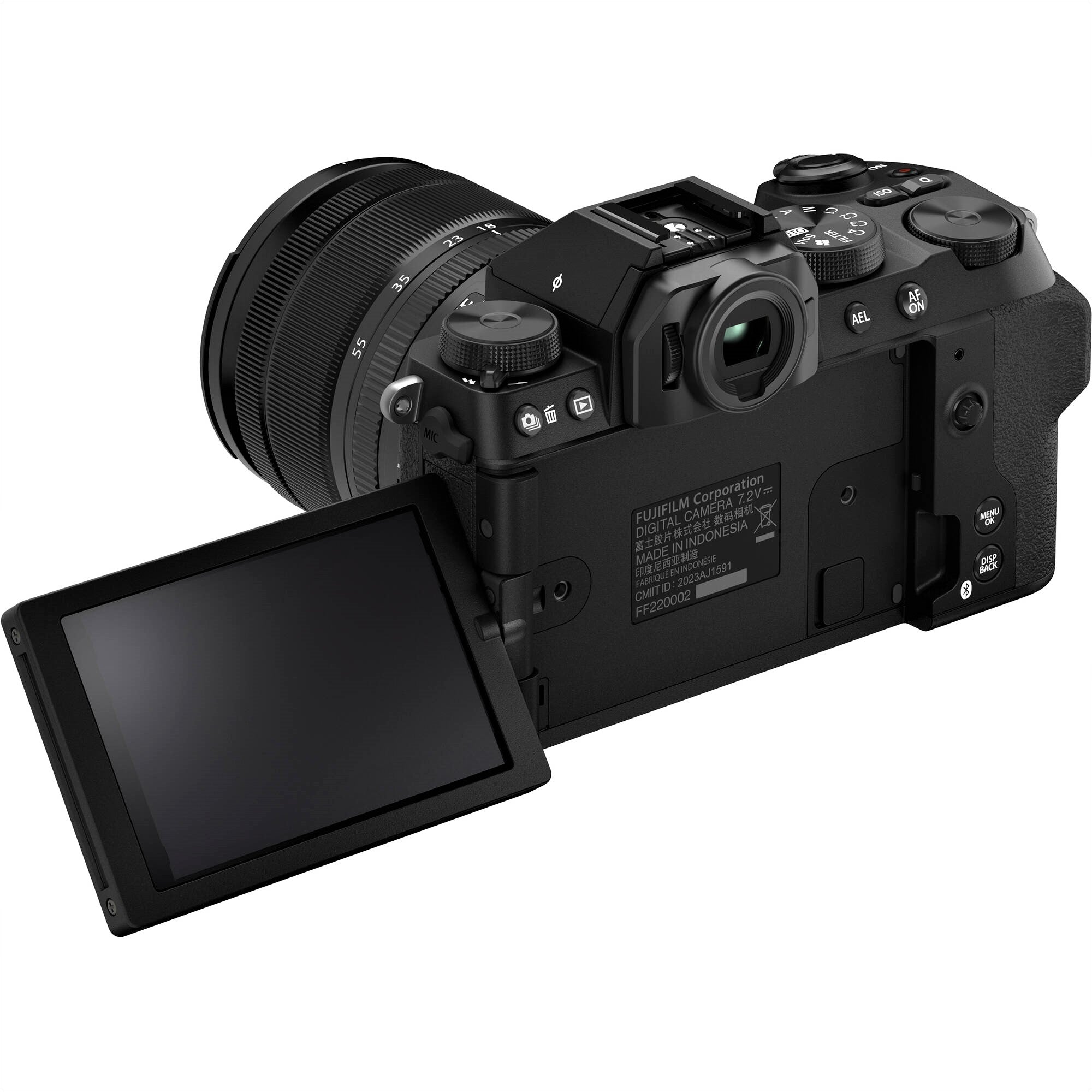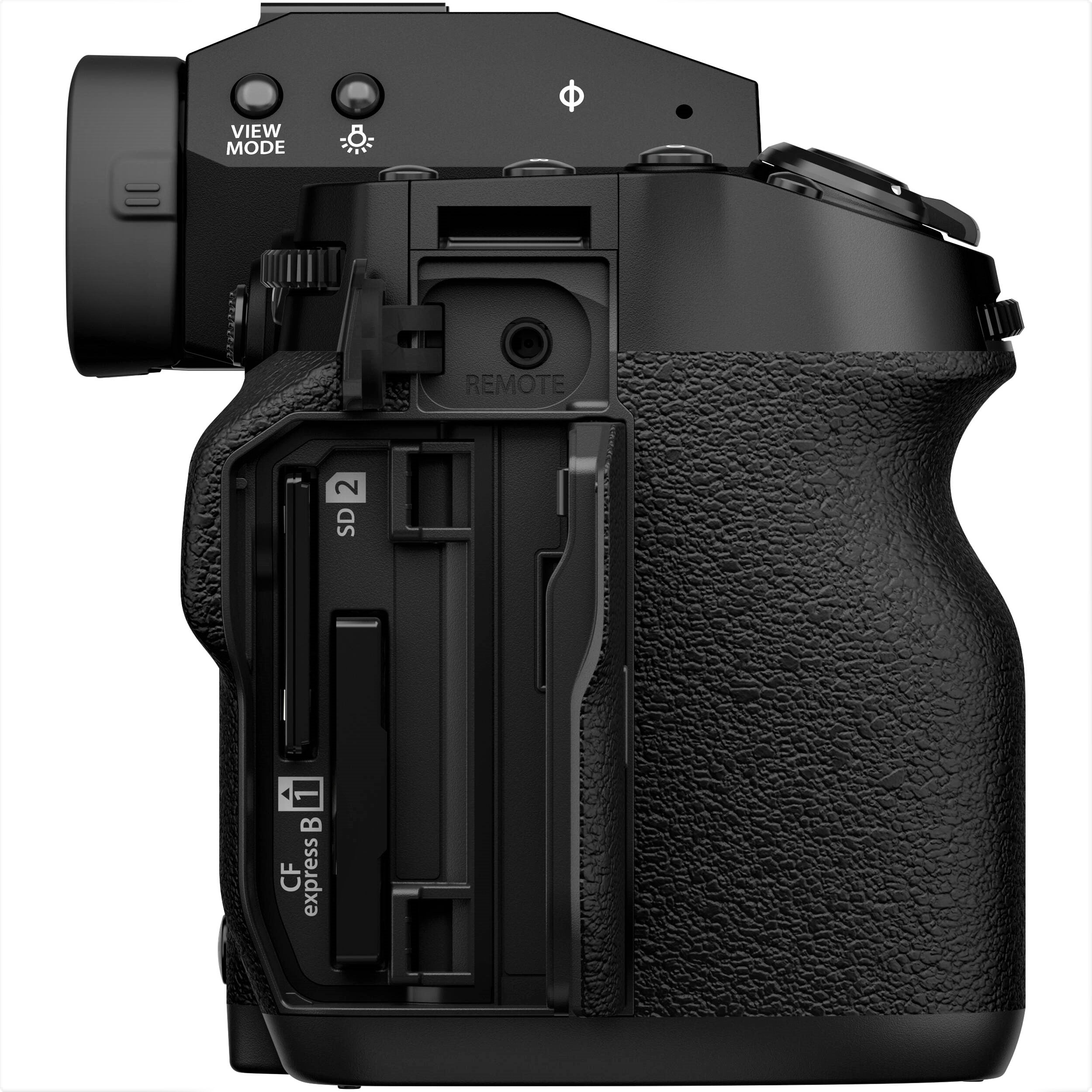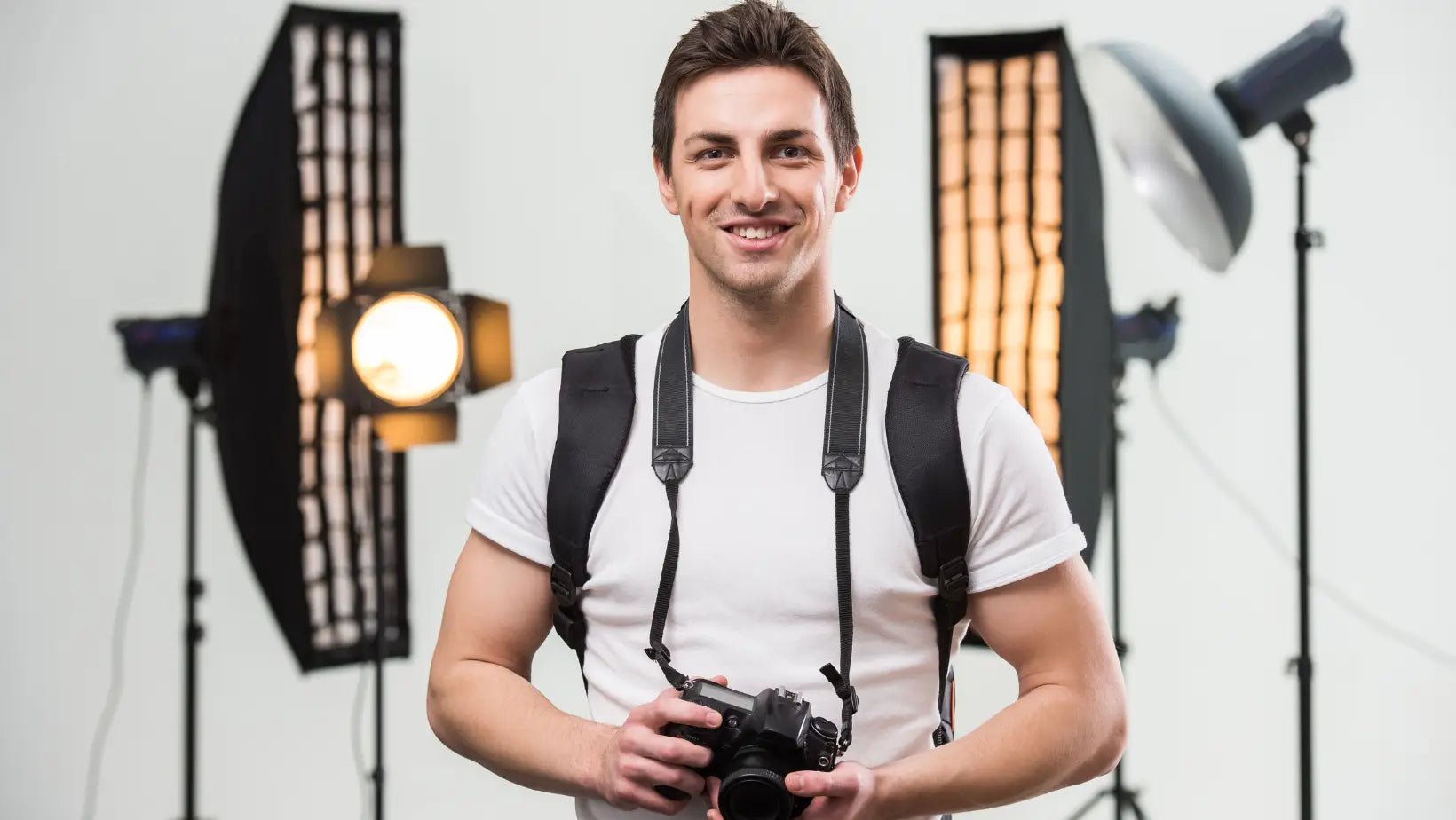Portrait photography isn't just clicking a button. It’s more than pointing a camera and snapping a picture. It’s about people. Their stories. Their faces. Their feelings.
A great portrait? You don’t just look at it—you feel it. It shows who someone is, even without them saying a word. That smile. That stare. That spark. All of it matters.
Starting out can feel scary. Too many settings. Too much pressure. But don’t worry. Portrait photography isn’t just for experts. Anyone can learn it. What matters most? Connection. Not just lenses or lighting—though those help. It’s how you see your subject. How you make them feel. Comfortable. Seen. Safe.
You guide them. Gently. You play with light—not just to brighten—but to shape, to soften, to create mood. You suggest a pose—not to stiffen them, but to bring out their natural self. You’re not forcing. You’re revealing.
Some shots will be quick. Others take time. Some people open up right away. Others need space. That’s part of the art. Reading the room. Noticing little things. A raised eyebrow. A tight jaw. A quiet smile. Every detail tells you something.
As you go, you’ll grow. You’ll get better at the technical stuff. But also, you’ll get better at listening. Watching. Feeling. You’ll see that no two people are the same—and that’s the beauty.
In the end, portrait photography is about people. About real connection. Whether it’s a friend, a client, or a stranger, you get the chance to tell a story. One frame at a time. And those images? They can last forever.
Simple. Honest. Human.
Portrait Photography Tips for Beginners: A Guide to Capturing Stunning Portraits
Want to take better portraits? Start here.
This guide gives you 10 solid tips every beginner needs.
These aren’t fluff—they’re real lessons. The kind that help you shoot portraits people remember.
You’ll learn the basics. What gear to use. How to work with light. Where to place your subject.
But also, the subtler stuff. Like how to connect. How to make someone comfortable in front of a lens.
Some tips will feel obvious. Others? Not so much. That’s the point.
We’re not just after “pretty pictures.” We want meaning. Emotion. A photo that tells a story.
This isn’t theory. These tips come from years of doing the work. Mistakes. Wins. Re-dos.
Each one is meant to give you a boost. Confidence. Direction. A reason to try something new.
So—read through. Take what fits. Test it. Toss it. Or tweak it. Just don’t stop shooting.
Because every great portrait starts the same way: with someone who dares to try.
Know Your Equipment

Learning your camera and lenses is a big step. It can really improve your photography. Don’t think of them as just gear. Think of them as part of how you tell stories with images.
Take lenses, for example. Each one gives you a different view of the world. A 50mm lens—called a “nifty fifty”—is simple and powerful. It shows things the way your eyes see them. It’s great for portraits and natural scenes. No big distortion. Just clean, honest frames. It helps you learn how to compose. How to find light. How to shoot with purpose.
Now try an 85mm lens. Especially one with a wide aperture—like f/1.8 or f/1.4. It’s made for portraits. Why? Because it compresses the background. Makes it soft. Dreamy. That creamy blur? That’s bokeh. It puts all the focus on your subject. Suddenly your photo looks like a movie still. It’s a different vibe. More polished. More dramatic.
Once you’re used to lenses, it’s time to think about settings. Exposure settings. These are aperture, shutter speed, and ISO. Together, they’re called the Exposure Triangle. They control how light hits your image. And how your shot feels.
Aperture first. Big opening (like f/1.4)? Shallow focus. Great for portraits. Small opening (like f/16)? More things in focus. Good for landscapes. It’s that simple.
Shutter speed next. Fast shutter? You freeze action. Perfect for sports or birds flying. Slow shutter? You get motion blur. Water flows. Lights streak. Life moves. Use a tripod to keep parts sharp if needed.
Then ISO. This is your camera’s light sensitivity. Low ISO (100–400)? Crisp, clean photos in bright light. High ISO (1600+)? You can shoot in the dark, but it might get grainy. It’s a trade-off. You learn to balance it.
These three—aperture, shutter speed, ISO—work together. Not just for proper exposure, but for emotion. For atmosphere. For style.
Once they become second nature, you stop thinking so much. You shoot more freely. You create.
Your camera isn’t just a tool. It’s how you show the world what you see. And how you feel about it. Learn it well—and let it speak for you.
Master the Light

Photography is all about light. That’s where it starts. Want better photos? Start with the golden hour—that sweet spot right after sunrise or just before sunset. At that time, the sun is low. The light is soft. Warm. Natural. It makes things look beautiful—especially people. Skin tones glow. Shadows soften. You don’t need filters. Nature handles it for you.
This time of day isn't just about pretty colors. It’s functional. It hides the harsh stuff. Wrinkles, shadows, harsh contrast? Gone. That’s why so many pros shoot early or late in the day. They chase that light. It’s like free magic.
Now, let’s talk light direction. It’s big. Side lighting? That’s drama. One side lit, the other in shadow. It adds shape. Texture. Mood. It’s how you bring out the angles in a face or tell a stronger story. Editorials love it. Cinematic shots? Same thing.
Backlighting is different. The light comes from behind. Think glow. Think halo. Think silhouette. Sometimes even lens flares—on purpose. It’s tricky, sure. You need to get exposure right. But when you do? It’s stunning. Soft. Dreamy. Almost surreal.
In the end, it’s not just about taking a picture. It’s about using light. Controlling it. Bending it. Whether it's the sun or a lamp, know where it’s coming from. Know what it’s doing. That’s what separates a random snapshot from a real photograph.
You’re not just clicking a button. You’re painting. With light.
Explore Composition Techniques

Great portraits don’t just happen. They start with how you arrange things in the frame. One of the best tricks? The rule of thirds.
Imagine your screen split into nine parts—three rows, three columns. Now, picture placing your subject where those lines cross. Boom. Just like that, the photo feels more natural. More balanced. More interesting.
But here’s the thing—rules are meant to be bent.
Yes, the rule of thirds works. It works well. But sometimes, the best photos happen when you throw the rulebook out. Put your subject smack in the middle. Or way off to the side. If it feels right, it probably is. Trust your gut.
Now let’s talk about leading lines.
They’re like arrows for your eyes. A road. A stairway. A fence. Even a shadow. These lines pull the viewer’s gaze right where you want it—your subject. It’s not just about where things sit. It’s about how they guide you through the frame. Like a story told in shapes.
Next up: framing.
Framing is magic. A doorway. A window. A tree branch hanging just right. These things wrap around your subject, like a spotlight made of space. They draw you in. They make the moment feel close. Personal. Real.
Here’s the secret: it’s not all about following steps.
It’s about feeling it. Seeing it. Noticing when something looks... right. That only comes with time. And practice.
So yes, use the rule of thirds. Use leading lines. Use framing.
But don’t stop there.
Mix them. Twist them. Ignore them. Break them.
That’s how you move from snapping pictures... to making art.
Focus on the Eyes

The eyes matter most in portraits. They're not just a feature—they tell the story. When the eyes are clear and sharp, the photo feels alive. You connect. You feel something.
Eyes can show joy. Or sadness. Confidence. Mystery. They speak without words. A direct stare? It grabs you. A soft glance? It invites you in. The eyes carry emotion. They hold power.
Good portraits anchor on the eyes. They're the focus. Always. If the eyes aren’t sharp, the whole photo can fall flat. But when they’re crisp? Magic. It feels honest. Real.
Want the eyes to pop? Use a wide aperture—f/1.4, f/2.0, f/2.8. This gives a shallow depth of field. The background goes blurry. The eyes stay sharp. It’s clean. Bold. Beautiful.
Also—focus matters. Big time. Set your focus point right on the eye closest to the camera. Not the nose. Not the forehead. The eye. Just a slight miss? And it's ruined. Blurry eyes break the moment.
Light helps, too. A window works wonders. A reflector helps. Catchlights bring life. That little sparkle? It’s the soul of the shot.
In the end, it's not just about getting the shot. It's about feeling something. About making the viewer feel something. Sharp eyes turn a simple photo into something more. Something real. Something human.
Play with Perspectives

Changing how you shoot a photo isn't just about style. It tells a story. Big difference.
When you shoot from above—what's called a high-angle shot—it makes your subject look small. Not just in size, but in feeling. They might seem soft, shy, or deep in thought. This angle works well when you're aiming for emotion. It's great for portraits that need to feel personal.
Now flip it. Shoot from below. That’s a low-angle shot. Suddenly, your subject looks bigger. Stronger. More important. Like they own the moment. It’s bold. Confident. Powerful. If you want your photo to scream “leader,” this is the angle.
But hey, don’t stop there.
Try eye-level shots. They feel fair. Honest. Like a conversation between equals. Or go wild—get weird with it. Tilt your camera. Get close. Back up. Try angles that feel off. Sometimes, the odd shots? They’re the best ones.
Every person you shoot is different. So is every place. Light hits in new ways when you crouch down or stand tall. Watch it. Feel it. Move around. Let your gut guide you. When everything clicks—the light, the pose, the mood—you’ll know. It just feels right.
In the end, portraits aren’t about rules. They’re about people. Stories. Emotions.
Try everything. Break things. Then, capture something real.
Engage with Your Subject

Getting a great portrait isn’t just about gear or technique. It’s about helping your subject feel safe, seen, and relaxed.
When someone feels at ease, something shifts. Their guard drops. Their true self starts to shine. That’s when the photo goes from good... to unforgettable.
How do you get there? Connect. Really connect.
Don’t just talk about the weather or the shoot. Ask about their life. What they love. What makes them tick. Be curious. Listen. Let it flow like a real conversation, not an interview.
This isn’t small talk. It’s the foundation. It’s how trust is built — quietly, moment by moment.
And then? You’ll see it.
Their shoulders loosen. Their smile becomes real. The stiffness fades. Suddenly, you’re not just pointing a camera. You’re witnessing something honest. Something human.
The result? Not just a pretty picture. A portrait that feels.
Emotion. Depth. Personality. The kind of photo someone wants to keep. Not just because it looks good, but because it says something true.
In a world of polished filters and posed perfection, truth stands out.
So remember: the real work starts before you press the shutter. That connection? That’s the secret sauce. That’s what takes your photography from skilled... to soul-stirring.
Understand the Importance of Background

A messy background can ruin a good portrait. Even if the person looks great, a chaotic scene behind them can steal the spotlight. In portraits, the background isn’t just extra—it matters. If it’s too loud or busy, it pulls attention away from what really counts: the person.
Want better portraits? Use simple backgrounds. A blank wall works well. It keeps things clean. Leaves or tree branches can also help—they add depth, but gently. Even the sky can be perfect. Big. Quiet. Soft colors. It lets your subject shine.
The idea is balance. Everything in the photo should work together to lift up the subject. When picking a background, don’t just look at the clutter. Think about color. Texture. Light. Do they match the person’s clothes? Their skin tone? Their vibe?
When all the pieces fit, your photo goes from “nice” to unforgettable. It tells a story. A clear one. With heart.
Utilize Depth of Field

Depth of field helps you decide what part of your portrait really stands out. Think of it like choosing the spotlight in your photo. Want just the subject to pop? Use a wide aperture—f/1.8 or f/2.8. Boom. That person becomes sharp and clear. Everything else? A soft blur. It’s not just a cool look—it’s a message. You’re saying, “Look here. This is what matters.”
That blur behind your subject? It’s doing real work. It blocks out noise. It holds the focus tight. The emotion, the moment, the tiny flicker in someone’s eyes—it all hits harder. That’s how we see things when we care. Our eyes lock in. Everything else fades away.
But what if you want more? More story. More space. More meaning. That’s where deep depth of field comes in. Smaller apertures—like f/11, f/16, or even tighter—bring it all into view. Now it’s not just about who is in the photo. It’s about where they are. And why they’re there.
Picture this: a man in his messy garage. Tools everywhere. Or a child in a busy street market. Or an artist in a paint-covered room. In these shots, the background matters. It’s not just there. It speaks. The whole frame is part of the story.
This wider focus changes the feel. You’re not just seeing a person. You’re seeing their world. And it pulls you in. Makes you wonder. Makes you care. Why here? What’s the connection? What’s the backstory?
Learning how to use depth of field is more than just camera settings. It’s how you steer the story. Do you want the viewer to feel close? Go shallow. Want them to explore? Go deep. It’s not about right or wrong—it’s about what your story needs.
Experiment with Lighting

Natural light is great—but it’s not always there when you need it.
Cloudy skies. Late nights. Indoor shoots.
These can all get in the way.
That’s where artificial lighting comes in. It puts you in charge.
You decide when to shoot. Where. How. No more waiting for perfect weather.
Off-camera flashes. LED panels. Studio lights.
With these tools, you can get pro-level results—anytime, anywhere.
Want softer light? Use a softbox or umbrella.
Need more control? Try grids or reflectors.
These tools shape the light. And when you shape light, you shape the photo.
You control the mood.
The shadows. The highlights.
Every detail becomes a choice—not a chance.
Bright and dreamy? Go for it.
Dark and moody? You got it.
Artificial light gives you that freedom. That edge. That spark.
It’s not just about better photos.
It’s about telling your story—your way.
So don’t wait on the sun.
Make your own light.
And create something unforgettable.
Post-Processing Skills

After you take a good photo, the next step is post-processing. This is where you make it shine. It’s not just about fixing what’s wrong. It’s about shaping the photo to match your creative idea.
You might brighten dark areas. Or tone down bright spots. Maybe you boost the contrast to add some pop. You’ll also adjust the colors so the skin looks real and appealing. These changes help the photo feel more alive—more like what you saw when you took it.
Now, let’s talk about retouching. This part is all about balance.
You don’t want to overdo it. You’re not trying to make someone look perfect. You’re just giving the photo a clean finish. Maybe you smooth out the skin a bit. Maybe you remove a stray hair or something distracting in the background. Little touches like that.
The point is to help people focus on what matters. You’re not changing the person. You’re just making the photo more focused, more polished, and easier to connect with.
Good retouching feels invisible. But it makes a big difference.
Looking for the Best Lenses For Portrait Photography For 2025? You’re in the right place. The new year brings some amazing options. These lenses don’t just take pictures—they tell stories.
Soft backgrounds. Sharp focus. Every shot feels alive. That’s what makes a portrait lens great.
Professionals have tested them. Trusted them. And now you can too.
Some give creamy bokeh that makes your subject pop. Others bring edge-to-edge clarity. You’ll find both here.
Whether you're shooting indoors, outdoors, in low light, or golden hour—these lenses deliver. No distractions. Just emotion. Just presence.
So if you want gear that captures not just a face, but a feeling? Start here. These are the Best Lenses For Portrait Photography For 2025.
Conclusion
Portrait photography is a journey of discovery, both of your subjects and of your own creative abilities. These 10 tips provide a foundation for beginners to start experimenting and developing their unique style in portrait photography.
Remember, the best portrait is one that captures the unique essence and personality of the subject. Keep practicing, stay curious, and let your portraits tell the stories of those you photograph.
Visit Nuzira to learn more about Photography!
FAQs:
What settings should I use for outdoor portrait photography?
- For outdoor portraits, start with a wide aperture (f/1.8 to f/4) to blur the background, a shutter speed fast enough to freeze motion (at least 1/200th of a second), and adjust the ISO to suit the lighting conditions.
How can I improve my portrait photography quickly?
- Practice regularly, study the work of established portrait photographers, and don't be afraid to experiment with different techniques and styles.
Is it necessary to have a professional studio for portrait photography?
- No, great portraits can be taken anywhere. Natural settings, urban environments, or even a well-lit room at home can serve as excellent locations for portrait photography.






